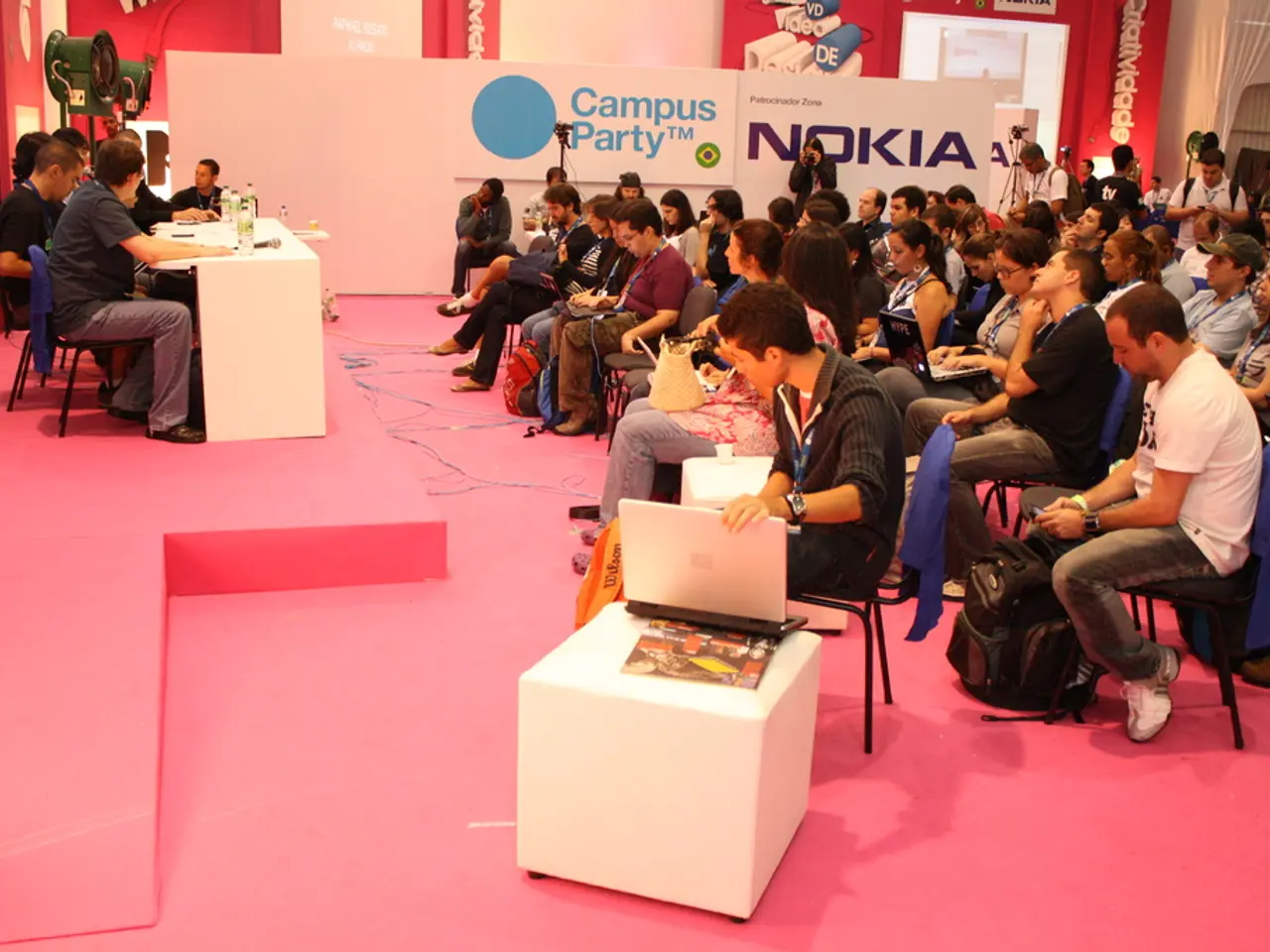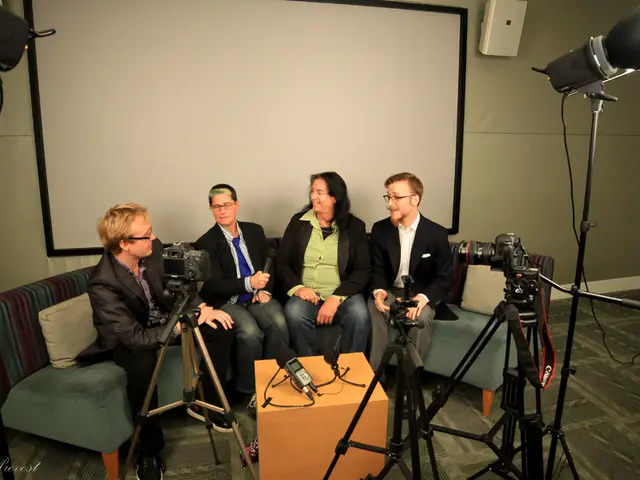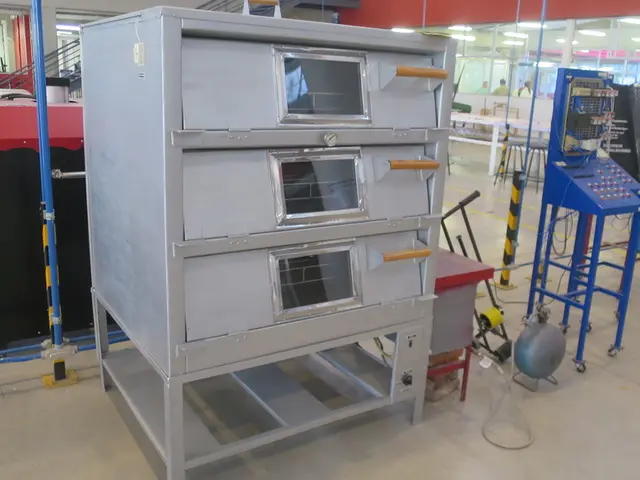Instructions for Establishing a Workplace that Values Personal Reflection Time
**Creating a Culture of Quiet Time in a Digital Work Environment**
In today's fast-paced digital world, the need for quiet time and focused work has become more important than ever. With noise levels exceeding safe limits in many cities and the constant barrage of digital notifications, it can be challenging to find moments of peace and concentration. However, building a culture that values and promotes quiet time is possible with intentional strategies.
One approach is to shift the mindset towards prioritising "engagement when it matters." Instead of maximising constant interaction, cultivate an environment where digital engagement happens thoughtfully and sparingly. This means designing digital tools and communication habits that respect employees' need for silence and focus rather than overloading them with notifications or interruptions.
Another strategy is to establish digital quiet zones and quiet times. Just as physical offices benefit from quiet rooms, digital workplaces should implement "quiet zones" - periods or spaces online where notifications are minimised or muted to allow deep work. Examples include notification-free hours, cleaner digital interfaces, and well-functioning mute options.
Leaders should also default to trust and opt-in support. Instead of constant digital nudges, allow employees to choose if and when they want support or reminders. Trusting employees with control over their digital environment is more productive than imposing default constant engagement.
Communications should also be batched to reduce interruptions. Bundle updates, reminders, and prompts into fewer, well-timed communications (e.g., morning or end-of-day summaries) rather than scattering messages throughout the day.
Promoting clear routines and boundaries is also crucial. Help employees create and respect routines that signal focused work time versus recharge time. Encouraging dedicated workspaces and clear work-life boundaries supports mental shifts needed to focus during work hours and recharge afterward.
Leadership should model focus-respecting behaviours, openly discuss the importance of quiet time, and create a safe environment where employees can express their need for uninterrupted work without fear of being labeled uncollaborative. This cultural norm of mutual respect reduces distractions and improves collective productivity.
Providing tools and training to manage focus is another essential aspect. Equip employees with tools like noise-canceling headphones, focus apps, and digital settings that support managing interruptions. Training on how to effectively use these tools and manage digital distractions complements cultural changes.
AI can also be used thoughtfully to reduce digital overload. Leaders can leverage AI-driven communication tools to tailor message delivery, reducing noise by sending the right information at the right time and channel, thus preserving quiet time and preventing burnout.
Redesigning workspaces can also include providing quiet cabins that employees can use when they need focus time. In the era of contactless commerce, this can be particularly beneficial for products that often need to be tested or sensed before purchase, such as clothing, fresh food, perfumes, or beverages.
In conclusion, creating a culture of quiet time in digital work environments is about intentional design of communication and digital experiences, clear boundaries, leadership modeling, and trust. It involves minimising unnecessary interruptions, allowing employees control over their focus, and fostering an empathetic, respectful workplace where quiet time is valued as essential for productivity and well-being.
In the context of promoting workplace wellness and home-and-garden lifestyle, incorporating quiet time into the digital work environment is vital for health-and-wellness. By prioritizing focused work and creating digital quiet zones, employees can maintain a clear separation between work and personal life, ultimately leading to a more balanced and productive lifestyle. Embracing the use of AI and design strategies to reduce digital overload and minimize notifications can help create a conducive environment for deep work, fostering a culture that values both quiet time and overall well-being.








